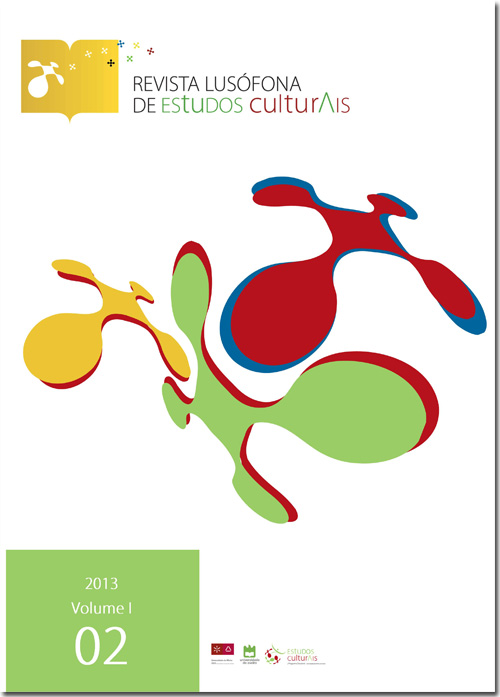THE CONTEMPORARY ACCELERATION AS DEMARCATION OF STYLES AND QUALITY OF WORKING LIFE AMONG HEALTHCARE PROFESSIONALS
DOI:
https://doi.org/10.21814/rlec.39Keywords:
Labor, quality of working life, lifestyles, contemporary society, healthcare professionalsAbstract
This study aimed to investigate the meanings attributed to the quality of life at work for healthcare professionals at a tertiary public hospital in northeastern Brazil, taking into account the new time in which we live, marked by hyper-accelerated lifestyles and by a hedonistic culture that worships immediate and ephemeral sensations. This is a qualitative study, carried out through field work, in the work environment where professionals perform their activities. Data were collected through participant observation and interviews with a semi-structured script. The methodology focus for the analysis of the thematic brief was guided by the following question: For you, what does the quality of working life mean? The method of the Discourse of the Collective Subject - DCS - as a tool for organizing and analyzing data enabled us to identify the meaning of quality of life at work related to the balance between work and personal life, socio-professional relations, reducing overload and occupational stress and a less accelerated way of life. The study results indicate that the hyper-accelerated lifestyles in contemporary society interfere decisively in the styles and quality of life of the worker, causing an imbalance between work and other spheres of life and thus compromising labor satisfaction.Downloads
Download data is not yet available.
Downloads
Published
2013-12-17
How to Cite
Martins, J. C., Pereira, M. G., & Pinheiro, A. G. (2013). THE CONTEMPORARY ACCELERATION AS DEMARCATION OF STYLES AND QUALITY OF WORKING LIFE AMONG HEALTHCARE PROFESSIONALS. Lusophone Journal of Cultural Studies, 1(2), 286–302 | 303. https://doi.org/10.21814/rlec.39
Issue
Section
Thematic articles
License
Authors own the copyright, providing the journal with the right of first publication. The work is licensed under a Creative Commons - Atribuição 4.0 Internacional License.












